 A few weeks ago I had the opportunity to work with a terrific, bright group of administrators in a law firm. Most of them don’t deliver presentations often, but they are instrumental in helping create them for others in the firm, and they wanted to be better at both creating and delivering presentations.
A few weeks ago I had the opportunity to work with a terrific, bright group of administrators in a law firm. Most of them don’t deliver presentations often, but they are instrumental in helping create them for others in the firm, and they wanted to be better at both creating and delivering presentations.
As we worked together that day, we talked about speaking with authority and confidence, creating strategic messages, and then, we began a discussion about creating slide decks. Rather than turning to their computers, I asked them to draw a picture of what their slides would look like. They got to work, and in just a few minutes they were ready. They did a show-and-tell presentation, speaking directly from their drawings, rather than from slides. The result? They absolutely floored me with their creativity and with their energetic, committed delivery.
What I learned that day is that when we create first on paper, we intuitively move away from boring bullet points, naturally envisioning more visual slides. And that we can tell our stories with much more conviction when we don’t rely so much on the slides. It worked incredibly well for this group of admins, and I bet it would work for you.
That said, and with thanks to this amazing group of women, here are some reminders to help you create and deliver more effectively with slides.
1. Create content first. Who is your audience? Why are you speaking with them? What do you want them to do or think? Use your answers to create a theme or key message for your talk. One that sets the context, talks about them, and shows benefits to them if they do or think what you want them to. This is the foundation of your presentation. Do this first, before you even think about data, facts or slides.
2. Storyboard for better visuals. Think of a blank comic strip; as you fill in the blank boxes your story emerges. It doesn’t matter if you can draw or not. Each box moves the story forward in some way. There is connection and flow between the boxes. Probably you also have a beginning and ending in mind. All elements of great storytelling, and better presentations.
Use a large sheet of flip chart paper or a white board to create your storyboard. Or use separate sheets of paper, and move them around until you get them in the best sequence. You could even print out a sheet of blank squares like a comic strip, then start filling them in. Use key words, drawings, stick figures, simple graphs. If you can, explain it to someone else, and see how the flow works.
3. Create slides last. Only when you have the theme and the storyline will you begin to create the slides you imagined. Keep them just as simple and uncluttered as your originals. Remember a title slide and a closing slide. Rehearse once or twice with the slides, and you should be good to go.
As a result of this method, you will probably have fewer slides, fewer word slides, more graphical thinking, best of all; the slides will likely show a natural progression that will create momentum when you deliver your talk. All this makes your presentation more interesting and compelling.
So paper first can be a useful technique. Try it. Let me know how it works for you.
Author Gail Zack Anderson, founder of Applause, Inc. is a Twin Cities-based consultant who provides coaching and workshops for effective presentations, facilitation skills for trainers and subject matter experts, and positive communication skills for everyone. She can be reached at [email protected].
Web site: www.applauseinc.net
Blog: www.managementhelp.org/blogs
twitter: @ApplauseInc
 Sections of this topic
Sections of this topic
















